By Office of Public Affairs
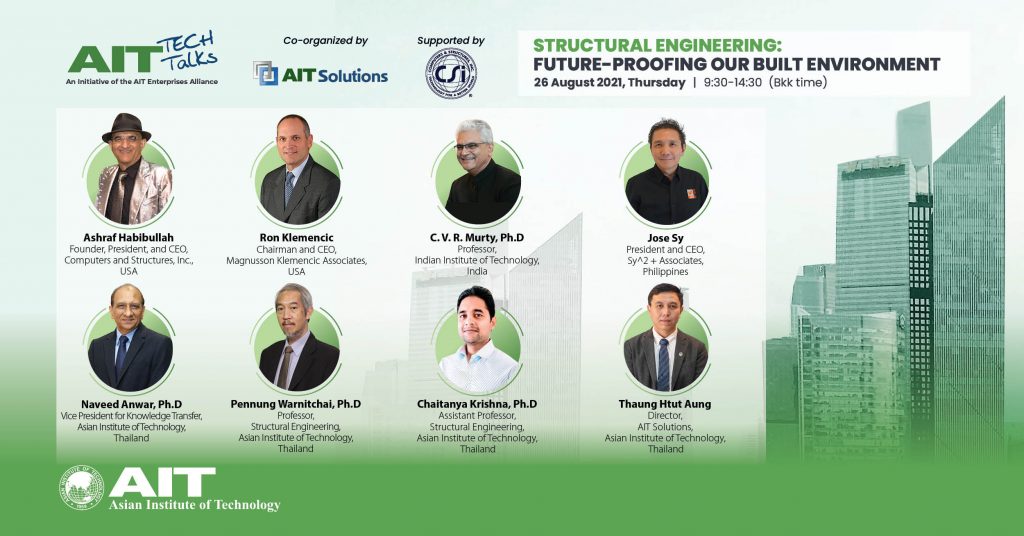
The third event of the AIT Tech Talks, a series being organized under the AIT Enterprises Alliance (AEA), to highlight the expertise of AIT in various emerging technologies and developments, was held on August 26, 2021. This event, supported by Computers and Structures Inc. USA, and co-organized by AIT Solutions, focused on advancement in structural analysis and design approaches, innovative structural systems, construction technologies, knowledge and skillsets that will help structural engineers to future-proof our built environment. The event featured keynote talks, parallel forums, and panel discussions with more than 300 online participants from several countries.In the welcome remarks by AIT Vice President for Knowledge Transfer Dr. Naveed Anwar, a structural engineer and academician himself, thanked all the distinguished speakers joining the event as well as the participants from diverse backgrounds. He mentioned that the speakers have been on the top of their professions, and are the visionaries sharing various aspects of structural engineering as a backbone of our built environment.
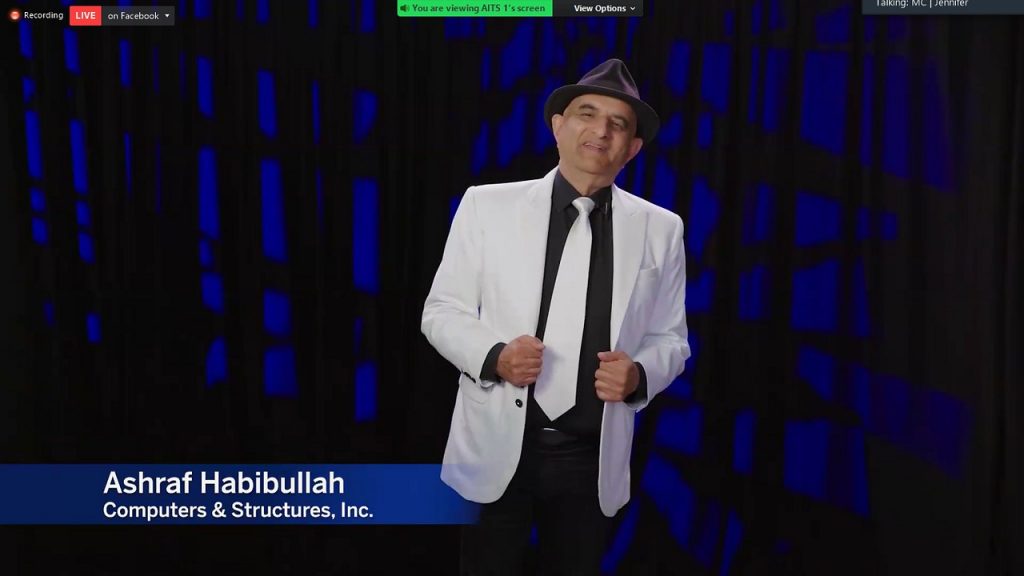
The event began with a keynote talk by Mr. Ashraf Habibullah. “I have always believed that human beings are created for one fundamental reason and that reason is to make the life of another human being better and the beauty about the structural engineering profession is that we make life better for all of humanity daily, and we don’t have to look very far to see the incredible impact of our profession as every metropolitan city is a testament to the grandeur of our work,” Mr. Ashraf remarked in his inspiring keynote talk, thus talk set the stage for the rest of the sessions.
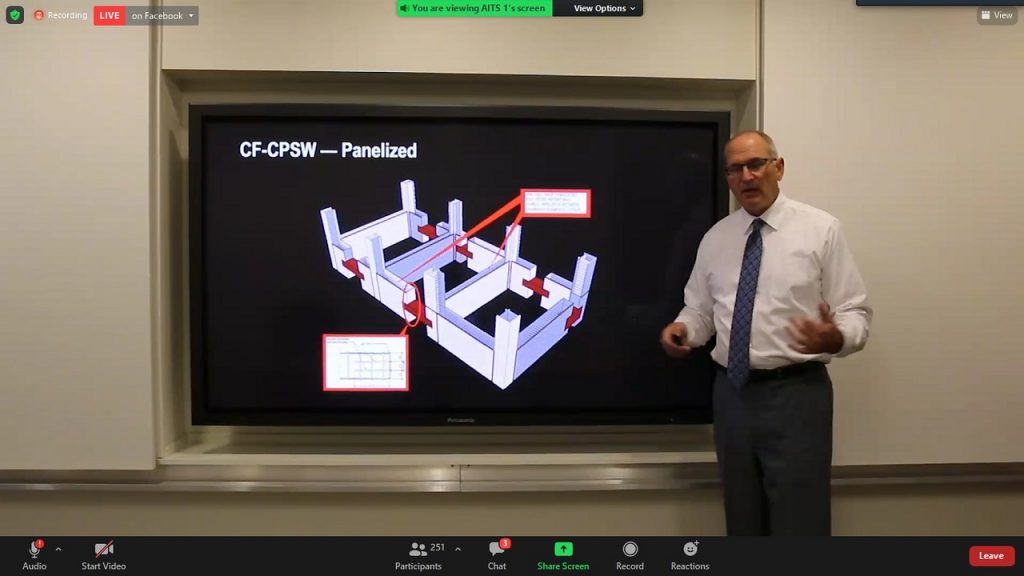
Next, Mr. Ron Klemencic, Chairman and CEO, Magnusson Klemencic Associates, USA, gave a keynote talk focusing on “Beyond Concrete Core Wall Buildings: The Freedom of Performance-Based Design.” Mr. Ron showed various examples where tall buildings, previously could not be envisioned, were enabled by Performance-Based Design and the application of concrete-filled composite plate shear walls which triggered an era of speedier and safer construction.
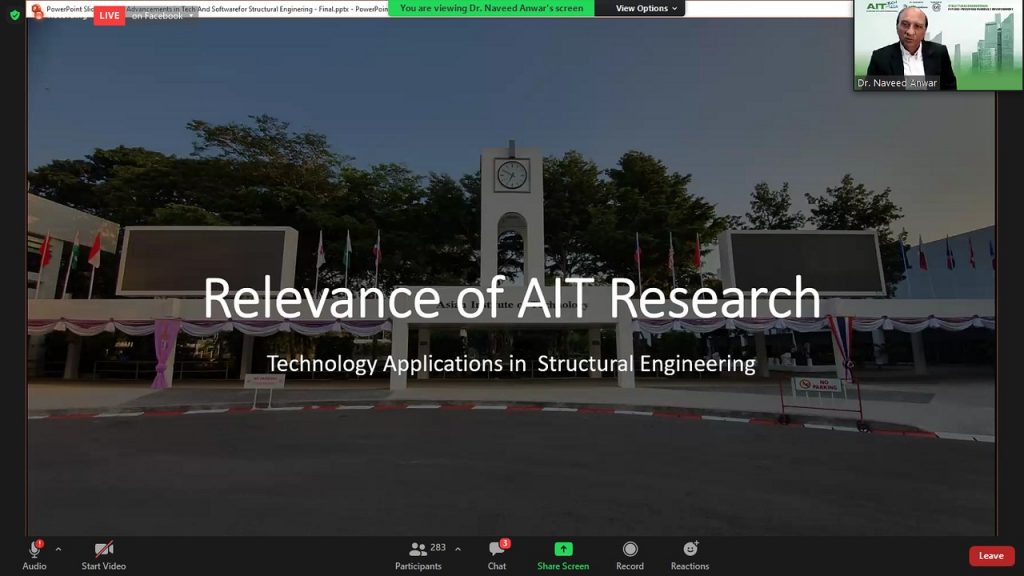
Dr. Naveed Anwar provided a glimpse of technological advancements that can help structural engineering practice for future knowledge and development and mentioned that various emerging technologies and structural engineering come together for future-proofing the built environment. “Future-proofing is the process of anticipating the future and developing methods of minimizing the effects of shocks and stresses of future events, including effects of climate change, and that structural engineers do that on a daily basis,” mentioned Dr. Naveed.
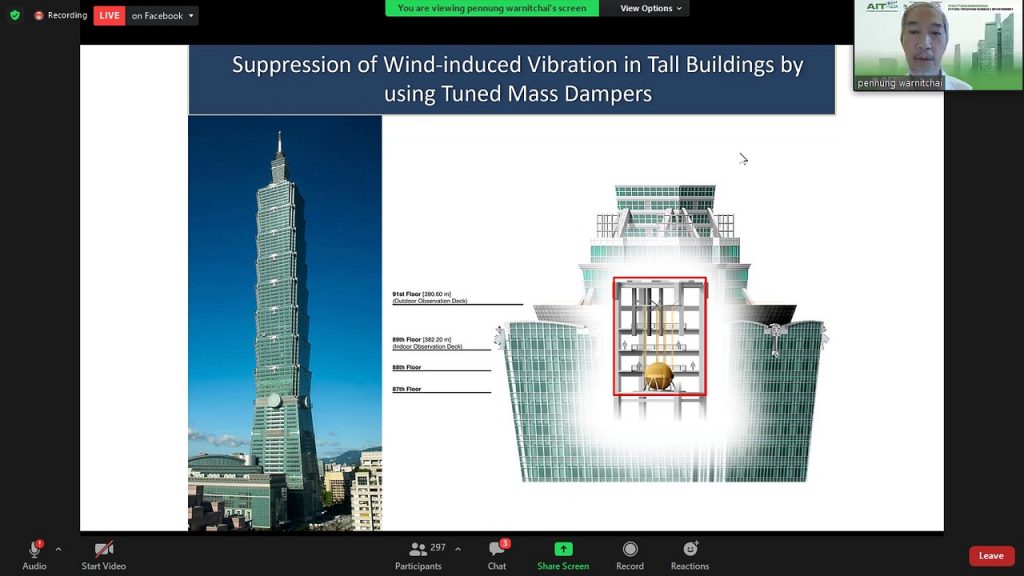
Prof. Pennung Warnitchai, Structural Engineering Professor at AIT, provided focused on recent research studies at AIT on Earthquake Engineering, Vibration Control, and Structural Health Monitoring in his keynote talk. Prof. Pennung’s session shared various AIT projects in Thailand and the region, which are leading examples for future-proofing our built environment.
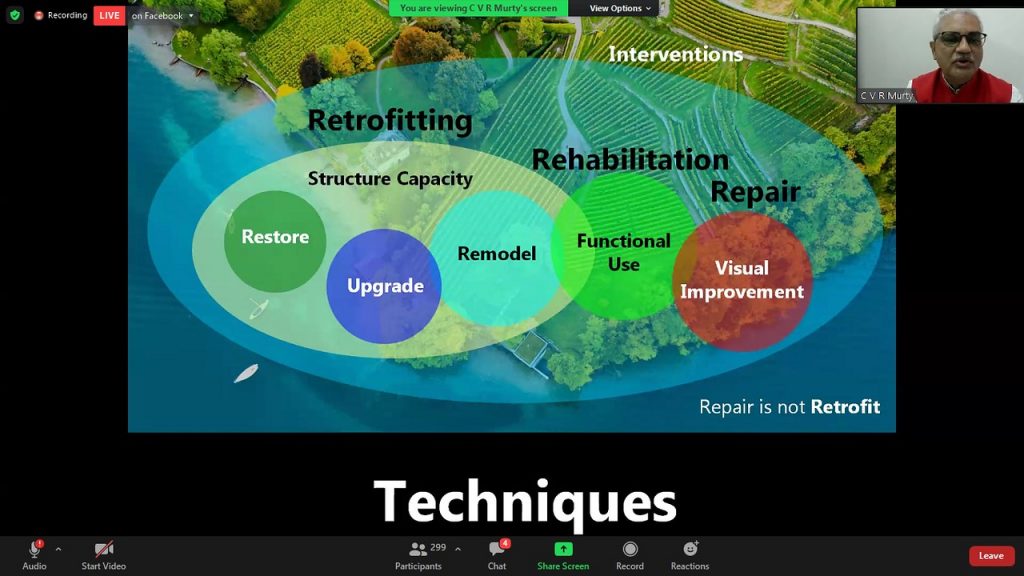
Similarly, Prof. C.V.R Murty, Professor at Indian Institute of Technology (IIT), India, gave a keynote session highlighting the aspects of building competence in structural engineering of the future. “It is a collective responsibility towards future-proofing the environment, and we need the hands that can build the future of this world. When we look at the built environment in the role of structural engineering, I would mention the five tenets that we need to follow are: safety, functionality, durability, aesthetics, and economy. The top three are non-negotiable,” remarked Prof. Murty.
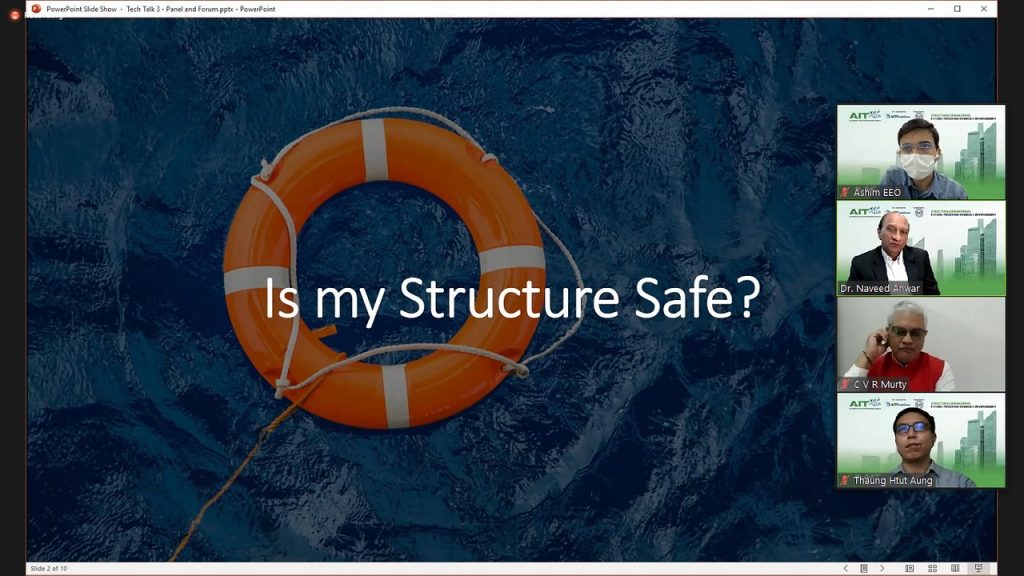
After the keynote sessions, there were three parallel forum discussions. The participants raised their questions and discussed openly with experts directly during the three parallel forums: Performance-based Seismic Design, Wind Tunnel Testing, and Structural Assessment on Existing Buildings led by Dr. Naveed, Prof. Pennung, and Dr. Chaitainya Krishna respectively.During the final panel discussion and closing, Engr. Jose Sy, President and CEO of SY^2+ Associates, Philippines, shared the industry insights, “Engineers should go out of their comfort zones, and they should try new things. We collaborate with the experts in the industry like AIT.” All the panelists agree on the key message: engineers need to collaborate, continue to learn, facilitate technology transfer to ensure the safety of future built environments. The panel was joined by Dr. Naveed Anwar, Prof. C.V.R Murty, Prof. Pennung Warnitchai, and. Mr. Thaung Htut Aung.
—
To watch recorded event, please visit event page: http://www.aea.ait.ac.th/events/tech-talk-series-3/








